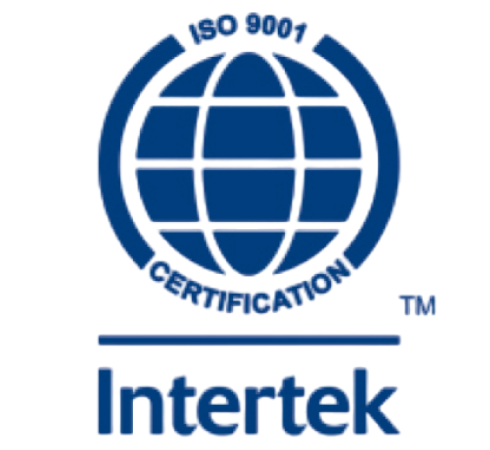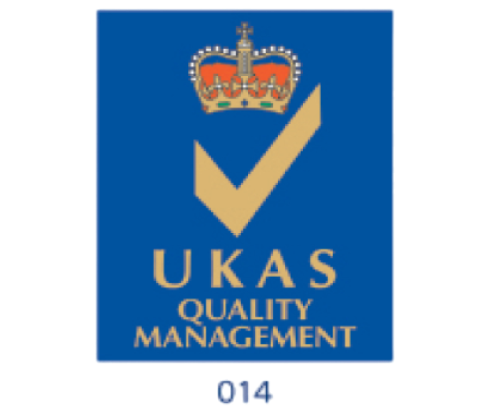
Pregnancy is an exciting journey, and one of the most thrilling moments is getting that first glimpse of your baby through an ultrasound. Gone are the days when expectant parents had to settle for those grainy, black-and-white 2D images that required some serious imagination to decipher. Thanks to advancements in medical imaging, 3D and 4D ultrasounds now offer a more detailed and realistic look at your baby before birth. But beyond the cute snapshots, these scans also provide important medical insights. Let’s dive into how these modern ultrasounds work and why they’re worth considering.
What is an Ultrasound and How Does it Work?
Ultrasound, or sonography, is a safe imaging technique that uses high-frequency sound waves to create pictures of a baby inside the womb. Traditional 2D ultrasounds provide flat, cross-sectional images, which are great for measuring growth and monitoring overall health but don’t always offer clear visuals of the baby’s features. That’s where 3D and 4D ultrasounds come in.
A 3D ultrasound compiles multiple 2D images to create a three-dimensional rendering of the baby, giving parents a more detailed look at facial features, hands, and even tiny toes. A 4D ultrasound takes it a step further by capturing real-time movement, allowing you to watch your baby yawn, stretch, or even suck their thumb. Both methods are completely safe, using the same sound wave technology as traditional ultrasounds, just enhanced with better imaging software.
3D Ultrasound: A Clearer Look at Your Baby
One of the biggest benefits of 3D ultrasounds is the level of detail they provide. Unlike traditional 2D scans, which can sometimes make it hard to tell which part of the baby you’re looking at, 3D scans offer a clearer picture of facial features and body structures. This makes it easier for parents to connect emotionally with their baby, as they can see a lifelike image rather than a flat silhouette.
Beyond the bonding experience, 3D ultrasounds can also help doctors detect certain developmental concerns early, such as cleft lip or limb abnormalities, allowing for better prenatal planning. While they don’t replace medical diagnostics, they offer an additional layer of reassurance for both parents and doctors.
4D Ultrasound: The Baby in Motion
Imagine watching your baby move in real-time before they’re even born. That’s exactly what a 4D ultrasound allows you to do. These scans provide continuous, video-like images, showing movements such as blinking, stretching, and even facial expressions like smiling or frowning. For parents, it’s a surreal and heartwarming experience that strengthens the bond with their unborn child.
From a medical standpoint, 4D scans can be useful in assessing the baby’s overall health, movements, and certain conditions that might not be as easily detected in still images. While they are not necessary for all pregnancies, they offer valuable insight and an unforgettable experience for those who opt for them.
Medical Benefits of 3D & 4D Ultrasounds
While these advanced ultrasounds are often associated with adorable keepsake images, they also have important medical applications. Doctors use 3D and 4D scans to:
- Detect physical abnormalities, such as cleft lip or spinal issues.
- Monitor fetal movement and behavior, which can indicate overall health.
- Check the positioning of the baby, placenta, and umbilical cord.
- Assess multiple pregnancies (twins, triplets, etc.) with more accuracy.
Although 2D scans remain the standard for medical evaluations, 3D and 4D ultrasounds serve as valuable tools in complementing routine pregnancy monitoring.
When is the Best Time to Get a 3D or 4D Ultrasound?
Timing is everything when it comes to getting the best images from a 3D or 4D ultrasound. The ideal window is between 24 and 32 weeks of pregnancy. Before 24 weeks, the baby may not have enough fat development to produce detailed images, and after 32 weeks, they may be too large and positioned in a way that makes it harder to get clear visuals. Most doctors recommend scheduling these scans around 26–28 weeks for the best results.
Choosing the Right Ultrasound Scanning Centre in Thrissur
Not all ultrasound centers offer 3D and 4D imaging, so it’s important to choose a facility with advanced technology and experienced technicians. The best scanning centers in Thrissur will have high-resolution equipment, skilled radiologists, and a comfortable setting that makes the experience enjoyable for parents-to-be. Look for a center that prioritizes patient care and provides detailed, high-quality images to make the most of this special moment.
Conclusion
3D and 4D ultrasounds have transformed the way expectant parents connect with their babies before birth. These scans offer a unique bonding experience while also providing important medical insights. If you’re expecting, consider scheduling a 3D or 4D ultrasound to see your little one in stunning detail.



